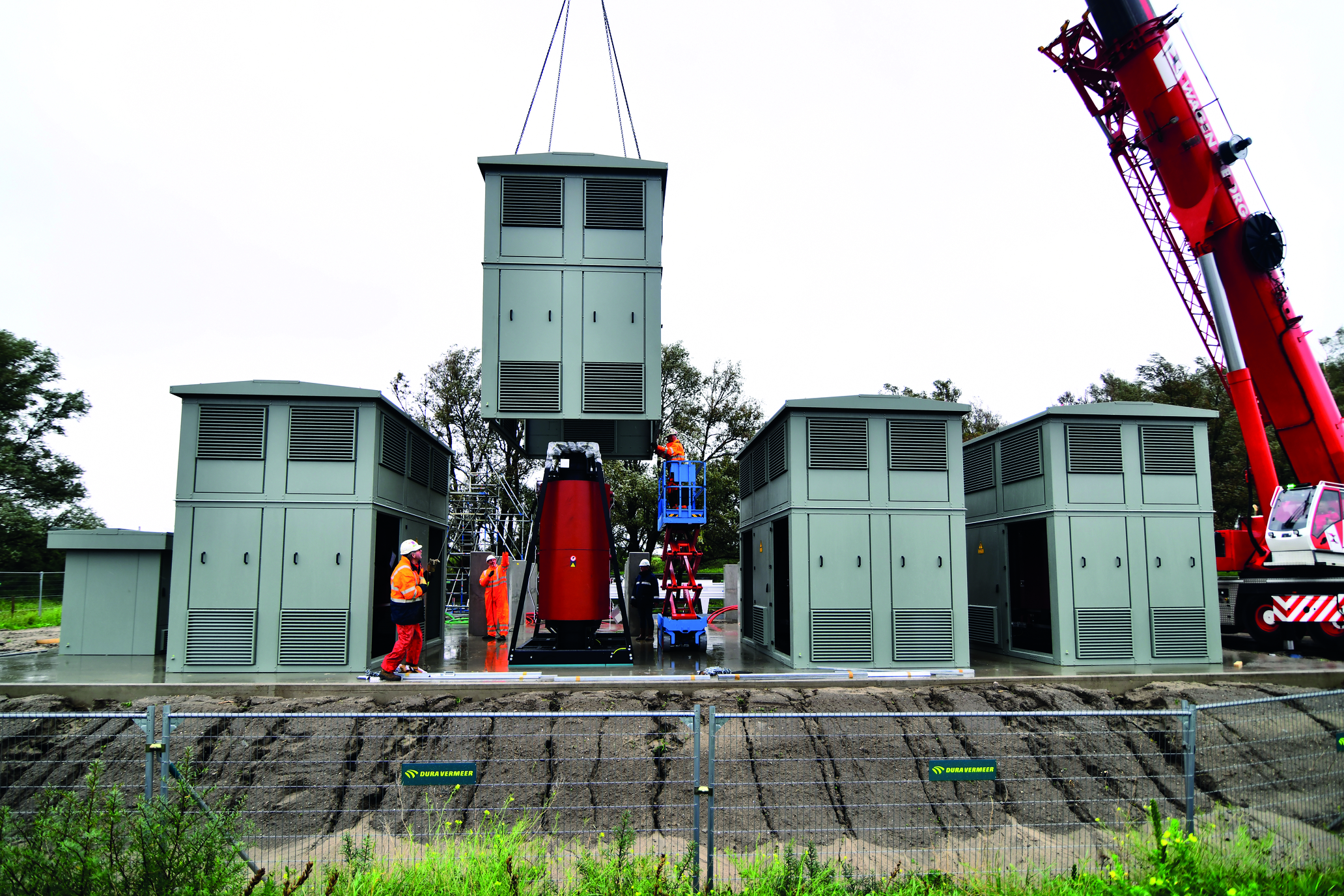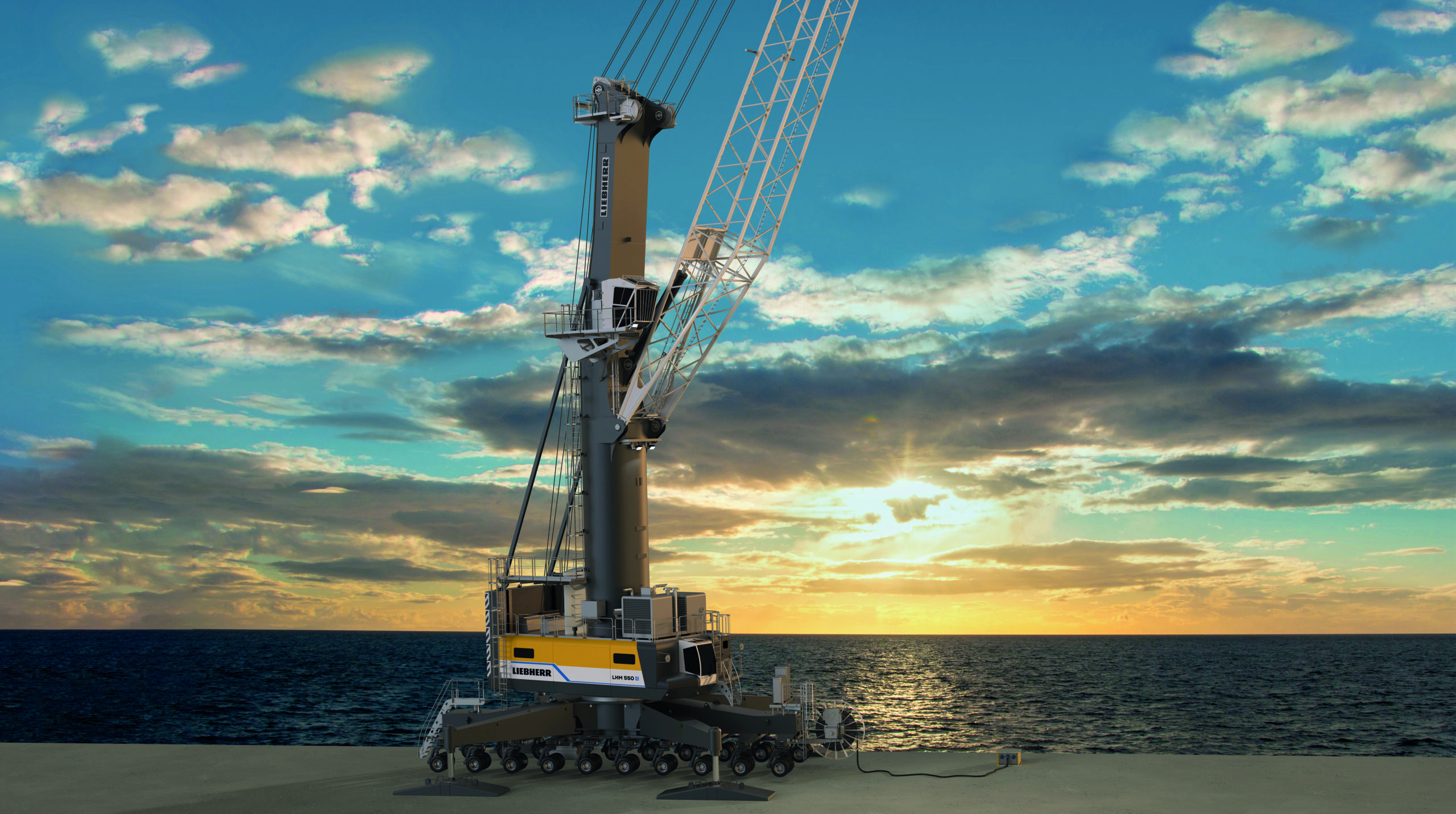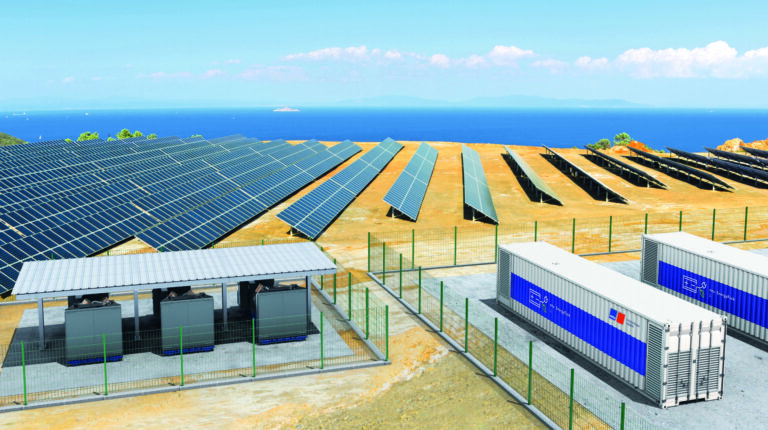Against a backdrop of tightening regulations and rising societal concerns over air quality, the contribution of ports and harbors to a more sustainable maritime sector is becoming increasingly clear. Electrification of these facilities is a complex, investment-heavy process requiring collaboration between multiple stakeholders, but there are long-term benefits for operators.
Alleviating the bottlenecks can be costly. Bilal Malla, business development manager – maritime solutions heavy transport at Vattenfall Network Solutions, says that ports are often operating with heavily strained grid connections that restrict the ability to electrify land vehicles and equipment such as cranes, and supply power to vessels. The company has developed a power-as-a-service solution, investing in grid and infrastructure upgrades, handling compliance, regulatory and other environmental issues, and then charging ports a yearly fee to use the solution.
“Electric ferries and shore power connections are just two areas that are on the rise,” says Malla. “New grids or upgrades to existing power infrastructure will be required at most busy ports and harbors with high volumes. Action is urgently needed to meet environmental regulations as these kinds of infrastructure projects require a long planning, approval and implementation phase.
“We are developing partnerships with key stakeholders to offer, for example, charging stations at the quayside for electric vessels, a new lighting system for the harbor, a new transformer station or a local micro grid. The beauty is that the customer can focus on their core business while outsourcing the electrical infrastructure to us.”
The Port of Rotterdam Authority is approaching shore power provision in a similar manner. Its first infrastructure for inland barges was deployed in 2007, followed by passenger ferries in 2012. Both projects were initially focused on curbing air and noise pollution but have since become a vital catalyst for decarbonization by 2050. The authority claims that seagoing vessels release 600,000 tons of CO2 and 8,000 tons of nitrogen while moored at the port.
Rotterdam Shore Power, a joint venture between the authority and Dutch energy provider Eneco, was established in 2019 to pool knowledge and accelerate infrastructure development. This was followed by a strategic assessment of where solutions make the most sense and are most urgently required. Floor Schipper, the authority’s program manager for shore power, explains, “The aim is that by 2030, 90% of ship visits will use shore power connections. This will include offshore vessels, cruise ships and passenger ferries, but it’s also targeted at container vessels. In 2021 the EU presented the Fit for 55 package, which is a good fit for our strategy because it will make shore power mandatory for cruise and container ships and passenger ferries by 2030.”

Shore power solutions are expected to deliver 200,000 tons of CO2 savings per year and will be rolled out across a wide range of vessels. The initial focus is on container terminals and quays in built-up areas, and supporting larger ferries and ro-ro ships, offshore vessels and cruise liners. Options for liquid bulk carriers, which the authority says are difficult to accommodate using current facilities, are also being addressed.
The organization’s first project, a 20MW connection for Heerema Marine Contractors, was commissioned in 2022. “Rotterdam Shore Power will provide ‘shore power as a service’ to the terminals on request, and develops, invests and operates the installations for the terminals,” Schipper adds. “That’s an important instrument to speed up the role of shore power and to support the terminals to meet their sustainability goals. The terminal will pay a yearly fee and the shipping lines pay per use.”
Raising expectations
These initiatives complement other forms of electrification. Liebherr has combined diesel and electric drive for its cranes since 1997 and now offers a portfolio that includes electric slewing, rubber tire gantries and, as of last year, transshipment cranes. Sebastian Simon, product manager for port equipment, says that crane electrification is often restricted by the available grid connection.
“In the mobile harbor crane sector there is usually no connection available at all,” he says. “Only a fraction of terminals have corresponding infrastructure installed. In fact, 70% of all electrically powered mobile harbor cranes operate in only 10 countries. This means that electrification is extremely disproportionately distributed geographically.”

In the meantime, Liebherr has switched to zero-carbon HVO at 100% concentration, supported by power accumulators to reduce peak loads and supercapacitor-based LiCaTronic systems to capture and reuse electrical energy, both of which can reduce the size of the grid supply. It also offers factory and retrofit electrification options if the supply is not available when the equipment is first installed.
“One of the most significant developments is the increasing use of shore power to provide electricity to shore equipment such as electrified cranes,” continues Simon. “This has the potential to reduce emissions and improve air quality in and around ports.
“Furthermore, advances and increasing use of battery technologies can increase the efficiency of port equipment. The Liebherr mobile harbor crane can be fitted with a battery-driven undercarriage, which allows it up to 2km traveling distance with 260kWh capacity. The battery is fully rechargeable within 10 to 12 hours and the crane can operate locally emission-free according to Scope 1 of the GHG Protocol.”
Decentralized thinking
For Rolls-Royce Power Systems, electrification builds on a long-established portfolio of solutions offering operational resilience to ports. As part of its targeted 35% reduction in greenhouse gas emissions between 2019 and 2030, the company is using HVO as a drop-in solution while designing gensets to be compatible with e-fuels, and it is also integrating solar generation and battery storage into that mix to provide more energy independence.
Armin Fürderer, head of sustainable customer solutions, says this has benefits beyond decarbonization. “Ports are becoming more independent from the classical power supply and having it more in their own hands,” he explains. “This doesn’t mean that they want to shut off the grid connection. That will never be feasible and makes no sense, but they will invest in decentralized energy as well.
“Sometimes ports are integrated into the infrastructure of the city and the grid connection. They want to expand, because they have more space, but the grid connection can’t expand at the speed the port wants. Then they start thinking about putting renewables on-site or getting decentralized energy to cope with the additional demands.”
Hydrogen is a vital part of that roadmap. Rolls-Royce is conducting “intensive” research into PEM fuel cells, with a 2028 launch date, but also recently tested its MTU Series 4000 L65 engine using hydrogen as the fuel. The inland port of Duisburg, Germany, will be first to use both solutions, with a combined 3.5MW hydrogen engine and fuel cell system. This will cover base- and peak-load requirements for shore power and container handling, without requiring a grid connection.
Hydrogen will be piped in initially, but in the longer term it will be electrolyzed on-site using renewable energy. Fürderer believes it could be a model for maritime container ports and cruise ship terminals where the grid energy supply is hard to scale up. It could also support e-fuel production on-site, complement steelmaking and forge links with other sectors. However, there are still some challenges to overcome.
“The next evolutionary step is to make hydrogen 100% sustainable, 365 days a year,” he says. “That is a little more complicated, because the production of hydrogen is a little more complicated. To electrolyze hydrogen you need water, renewable energy and storage. Hydrogen’s volumetric density is lower than that of natural gas, so it needs to be compressed before it is brought on-site, then decompressed for use. All that costs money. “PEM technology is fairly new compared with alkaline electrolyzers, so there is plenty of scope for improvement in terms of efficiency, price and all the materials used – because we are in the first years of development. It’s the same as we initially saw with batteries. At the beginning lithium-ion batteries had, I think, 20% cobalt. Now we’re talking about 1%, and some batteries do not have any. These kinds of things will happen in the hydrogen world as well.”
Rotterdam Shore Power is equally conscious when it comes to getting the business case right. Jarl Schoemaker, senior advisor for the Port of Rotterdam Authority’s environmental management policy and planning department, and a member of the shore power team, says this relies not only on clear regulations and timelines but also on voluntary agreements to use the infrastructure once it is in place – before regulations kick in. The projected use growth path and investment required mean that government subsidies will also be needed to avoid early adopters being put at a financial disadvantage.
Further ahead, the organization is seeking detailed energy use data from shipping companies to right-size the grid connection, avoiding costly upgrades or underuse, and assessing future opportunities for on-site battery storage. This would reduce reliance on the grid connection and enable energy trading, but will require collaborations beyond the usual suppliers.
“These are solutions that already exist in the world of electronics, but not much in the shore power market, so we’re really looking to see how that technology or knowledge can be imported,” Schoemaker explains. “We are inviting electrical industry stakeholders that could support ports and terminals to improve the business case for shore power solutions, and this will eventually lead to a lower price for shipowners.”
This article was originally published in the April 2023 issue of Electric and Hybrid Marine Technology. To view the magazine in full, click here



